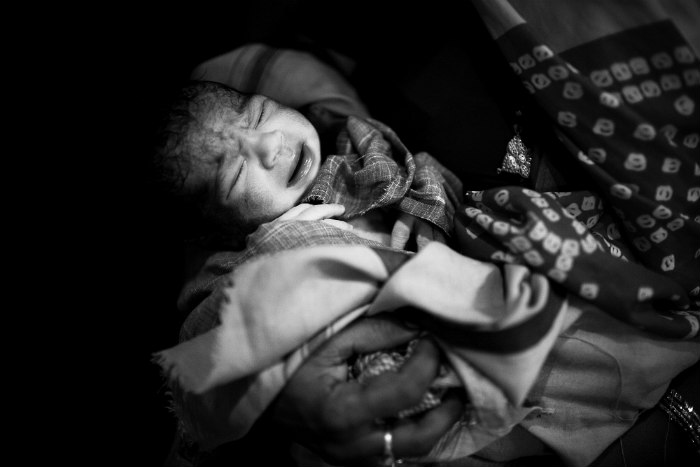By: Hannah Kuper
Send to a friend
The details you provide on this page will not be used to send unsolicited email, and will not be sold to a 3rd party. See privacy policy.
News broke last week of a viral link to an alarming rise in the number of babies born with microcephaly in Brazil. Scientists confirmed the cause to be maternal infection with Zika fever, an untreatable disease spread by mosquitoes. In microcephaly, the baby is born with a small head, and the condition is usually associated with incomplete brain development. Brazil’s health ministry has reported 1,248 cases so far this year — a 20-fold increase on 2014.
The prognosis for these babies is poor. They have a lower life expectancy than unaffected children, and those who survive will have significant intellectual and other disabilities, meaning they will need lots of support to lead full lives.
But there is at least some good news here. Brazil’s rise in microcephaly was spotted quickly because the country monitors congenital anomalies — more commonly called birth defects — and these are recorded on birth certificates. [1] Worldwide, birth defects are common: there are big data gaps, but each year around eight million babies are born with serious birth defects and at least 3.3 million under-fives die from these conditions. More than 90 per cent of these births are in low- and middle-income countries.
Yet, unlike Brazil, most of these countries do not monitor or register these births. This makes it difficult to spot new trends, like the epidemic of microcephaly in Brazil. The lack of data also makes it hard to work out which conditions are most common and whether they can be prevented.
Brazil’s robust surveillance system also means babies can be referred early for the treatments and rehabilitation they need to thrive. This is vital because many birth defects can be cured, but treatment is far more effective if started early. Clubfoot, for instance, affects one to two babies for every 1,000 births. It can be fully corrected if treatment begins early, but later treatment is much more difficult and expensive.
However, surveillance systems such as Brazil’s simply don’t exist in many countries. In countries across Sub-Saharan Africa, children are not getting clubfoot treatment early enough, leaving them with lifelong disabilities.
The WHO and other agencies recognise that congenital anomalies are important causes of death and disability. In 2010, the WHO adopted a resolution on birth defects, encouraging all countries to address this issue, including by developing and strengthening registration and surveillance systems. [2] This is a major challenge in Sub-Saharan Africa, where only 44 per cent of the under-fives had their birth registered.Recognising the vital role of surveillance in detecting Brazil’s microcephaly epidemic may bring improvements in other countries so outbreaks can be detected early and acted on quickly.
Hannah Kuper is codirector of the International Centre for Evidence in Disability at the London School of Hygiene & Tropical Medicine, United Kingdom. The centre is on Twitter as @ICED_LSHTM, and Kuper can be contacted on [email protected]
References
[1] Daniela Varela Luquetti and Rosalina Jorge Koifman Surveillance of birth defects: Brazil and the US (Ciência & Saúde Coletiva, 2011)
[2] Birth defects surveillance: a manual for programme managers (WHO, 2014)














